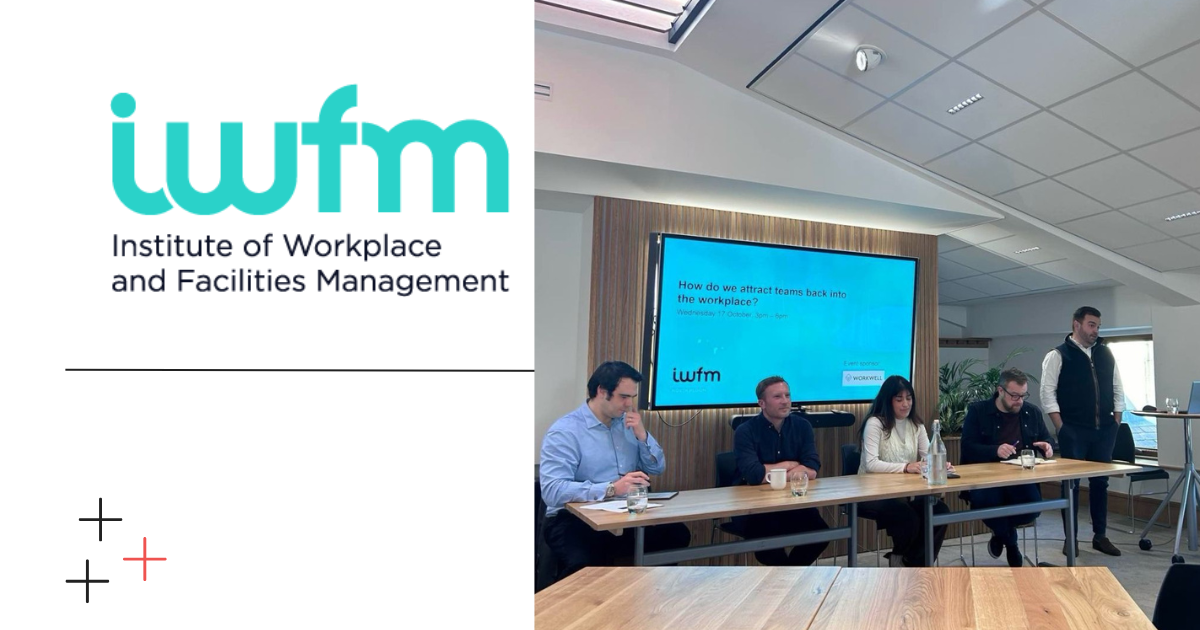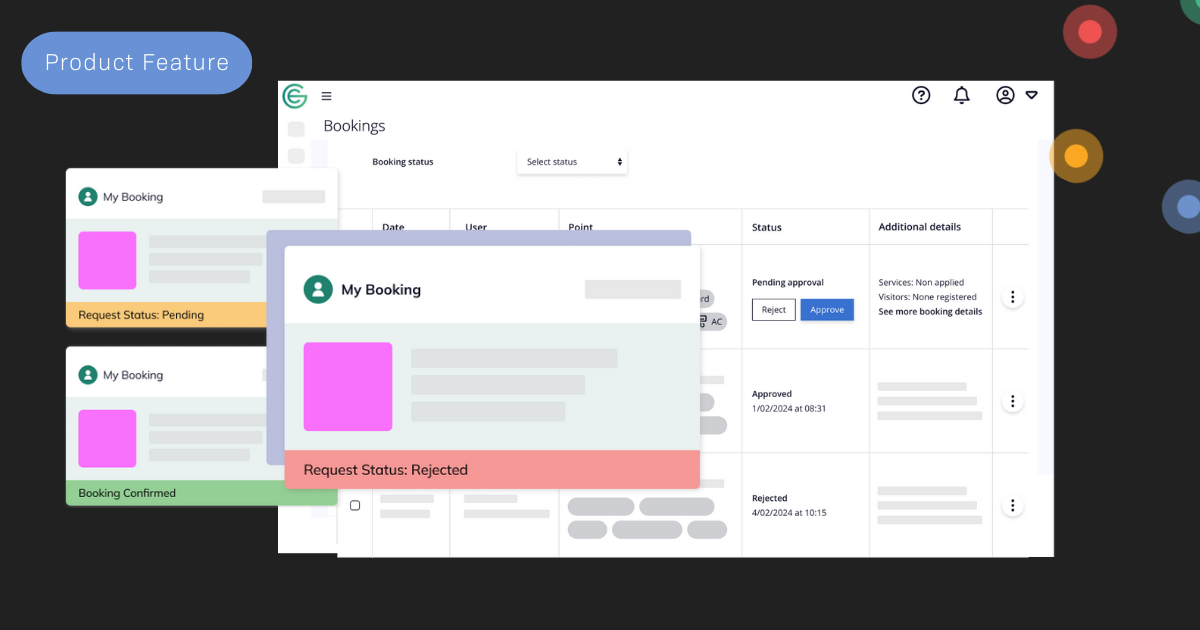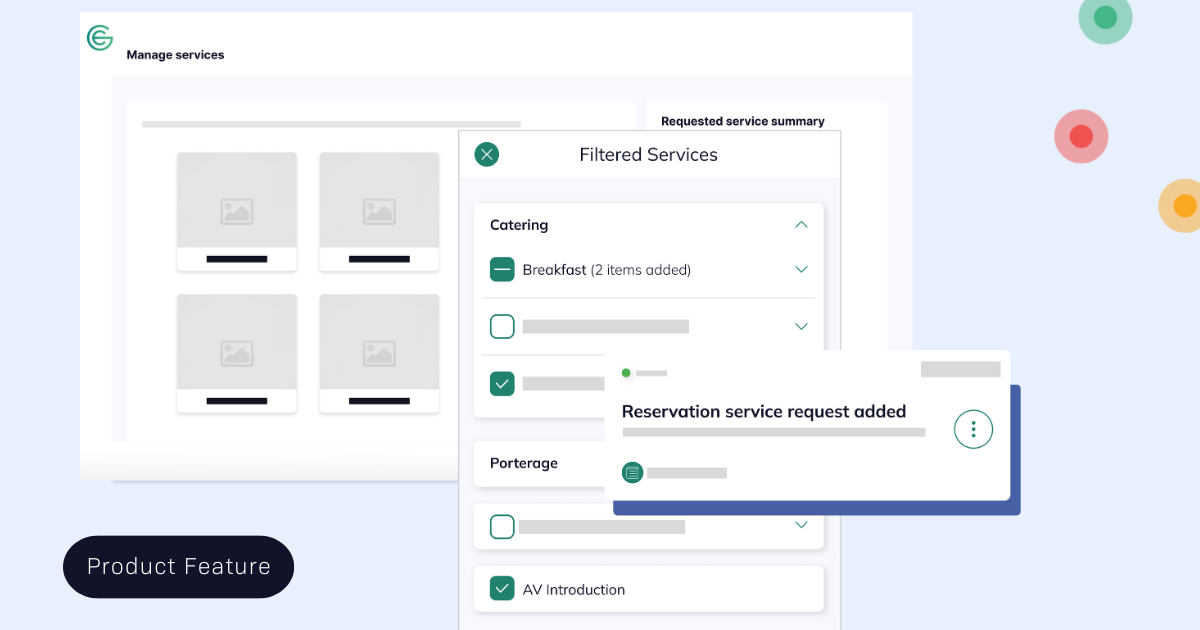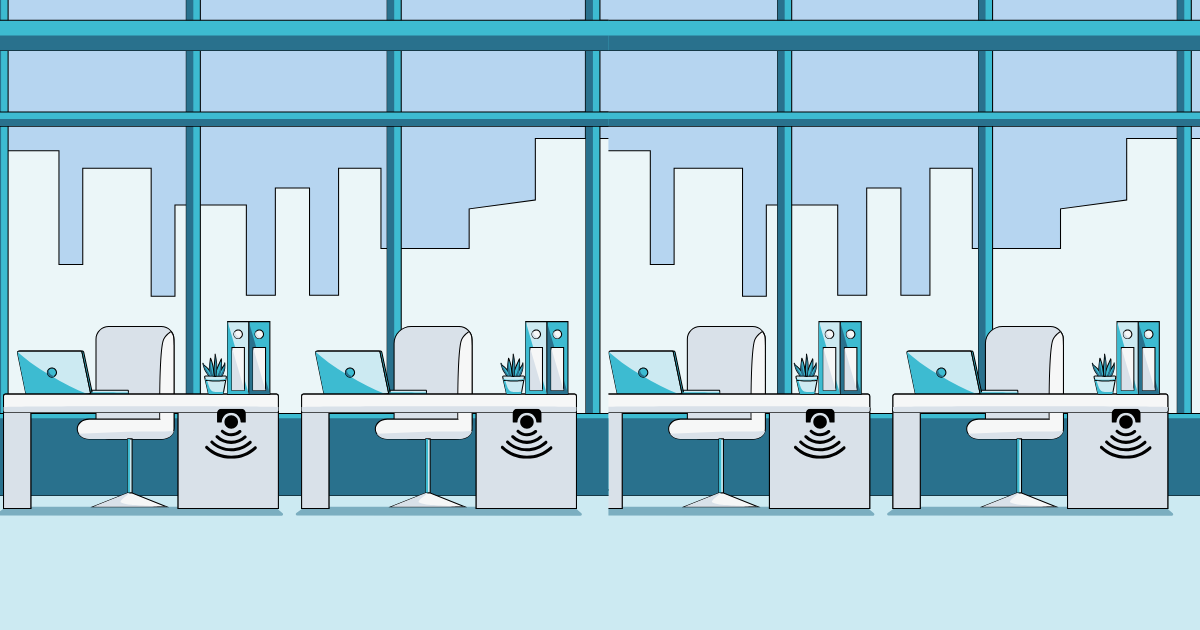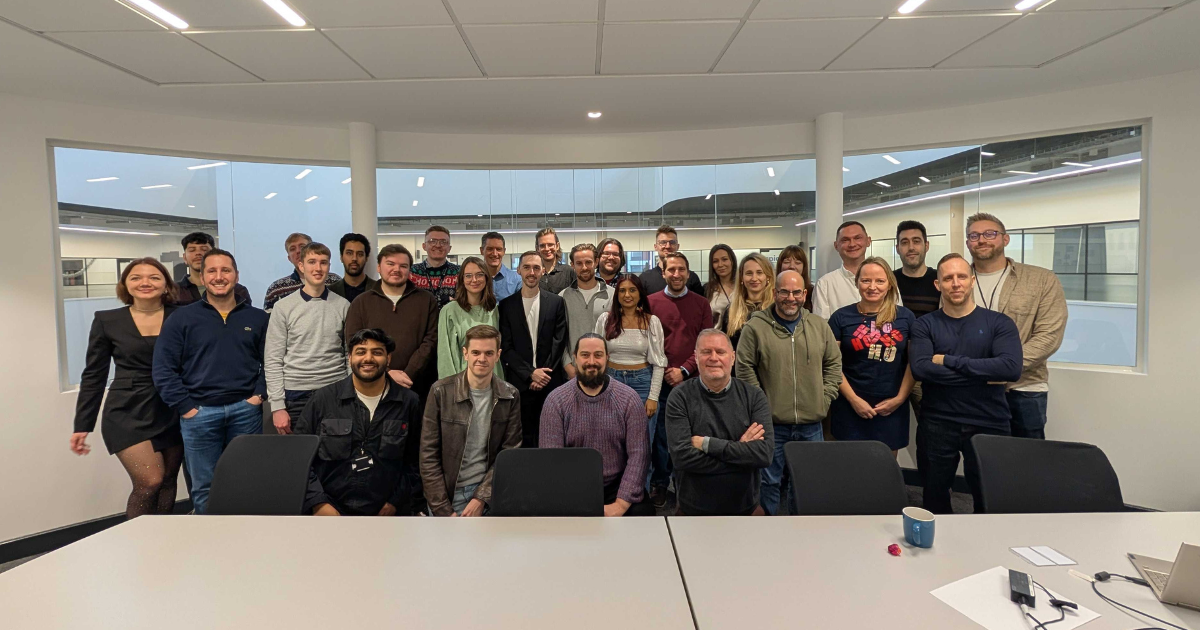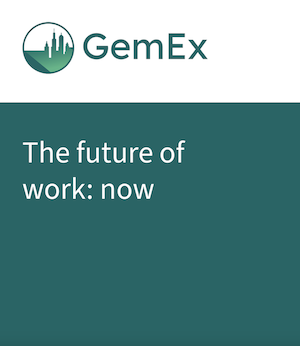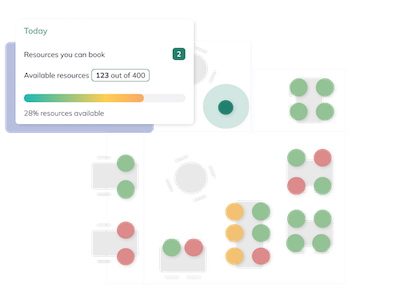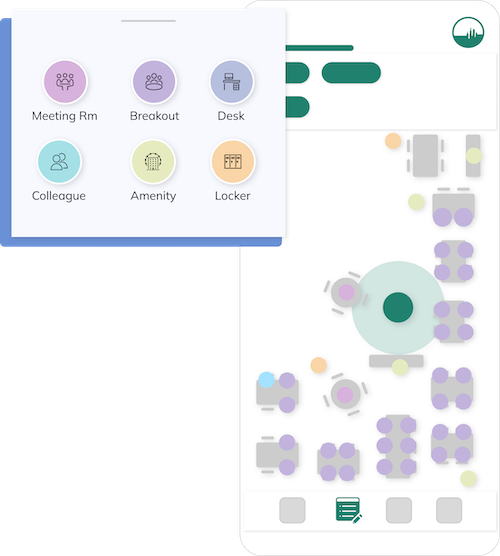On 17th October 2024, I attended the IWFM Event at Carrwood Park. Industry leaders gathered to tackle a crucial question: How do we attract our teams back into the workplace? The discussion was led by Scott Linnen, featuring esteemed panelists including Oliver Corrigan, Managing Director of Workwell, Will Easton from Smart DCC – Workplace Experience Manager and Amanda Marquez-Godoy, Account Manager at The Furniture Practice.
The Challenge of Returning to the Office
As many organisations navigate the complexities of returning to office environments, recent announcements from major companies like Amazon and Boeing mandating five-day in-office attendance have sparked widespread debate. A recent survey from Blind revealed that 91% of employees are dissatisfied with such mandates. This is prompting many to reconsider their employment options.
Scott initiated the discussion by highlighting the backlash against rigid return-to-office policies. The consensus among the panelists was clear: organisations must recognise that a one-size-fits-all approach may not resonate with today’s workforce, which increasingly values flexibility and work-life balance.
Key Insights from the Panel
Several important themes emerged from the discussion, providing valuable takeaways for organisations looking to encourage a return to the workplace:
- Flexibility is Key: The panel unanimously agreed that enforcing a strict return-to-office mandate is misguided. Companies should focus on understanding the specific needs and preferences of their employees. By gathering data on what drives satisfaction, organisations can create an adaptable work environment that meets diverse employee expectations.
- Creating an Attractive Workplace: To entice employees back, businesses need to invest in making their workplaces more appealing. This includes upgrading technology to streamline operations—whether for room bookings, desk management, or catering. Amanda emphasised the importance of incorporating design elements like natural light, fresh air, and biophilic design to enhance the overall workspace atmosphere.
- Prioritising Employee Wellbeing: Wellbeing must be at the forefront of any return-to-office strategy. With a diverse workforce that spans multiple generations, it’s crucial to cater to varying needs. We discussed the value of using technology to enable employees to select workspaces that suit their comfort levels. Whether that means avoiding noisy areas or finding spaces with ample natural light. This not only improves employee satisfaction but also encourages collaboration in a more comfortable setting.
- Fostering Open Dialogue: Encouraging open communication about workplace policies is vital. The panelists urged organisations to create opportunities for employees to voice their concerns and preferences. Establishing a culture of transparency and collaboration can significantly enhance employee engagement and trust.
Looking Ahead
The IWFM Event served as an excellent platform for industry professionals to engage in meaningful conversations about the future of work. As we continue to adapt to evolving employee expectations, the insights shared during this panel discussion will be invaluable in shaping effective workplace strategies.
In conclusion, attracting teams back to the workplace is not just about enforcing policies; it’s about understanding and addressing the unique needs of employees. By embracing flexibility, prioritising wellbeing, and fostering an inclusive workplace culture, organisations can create environments that not only attract but also retain top talent in today’s competitive landscape.


